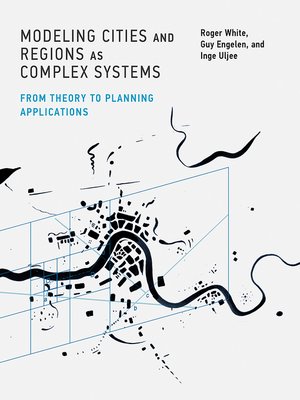Modeling Cities and Regions as Complex Systems
ebook ∣ From Theory to Planning Applications · MIT Press
By Roger White

Sign up to save your library
With an OverDrive account, you can save your favorite libraries for at-a-glance information about availability. Find out more about OverDrive accounts.
Find this title in Libby, the library reading app by OverDrive.



Search for a digital library with this title
Title found at these libraries:
| Loading... |
The theory and practice of modeling cities and regions as complex, self-organizing systems, presenting widely used cellular automata-based models, theoretical discussions, and applications.
Cities and regions grow (or occasionally decline), and continuously transform themselves as they do so. This book describes the theory and practice of modeling the spatial dynamics of urban growth and transformation. As cities are complex, adaptive, self-organizing systems, the most appropriate modeling framework is one based on the theory of self-organizing systems—an approach already used in such fields as physics and ecology. The book presents a series of models, most of them developed using cellular automata (CA), which are inherently spatial and computationally efficient. It also provides discussions of the theoretical, methodological, and philosophical issues that arise from the models. A case study illustrates the use of these models in urban and regional planning. Finally, the book presents a new, dynamic theory of urban spatial structure that emerges from the models and their applications.
The models are primarily land use models, but the more advanced ones also show the dynamics of population and economic activities, and are integrated with models in other domains such as economics, demography, and transportation. The result is a rich and realistic representation of the spatial dynamics of a variety of urban phenomena. The book is unique in its coverage of both the general issues associated with complex self-organizing systems and the specifics of designing and implementing models of such systems.






